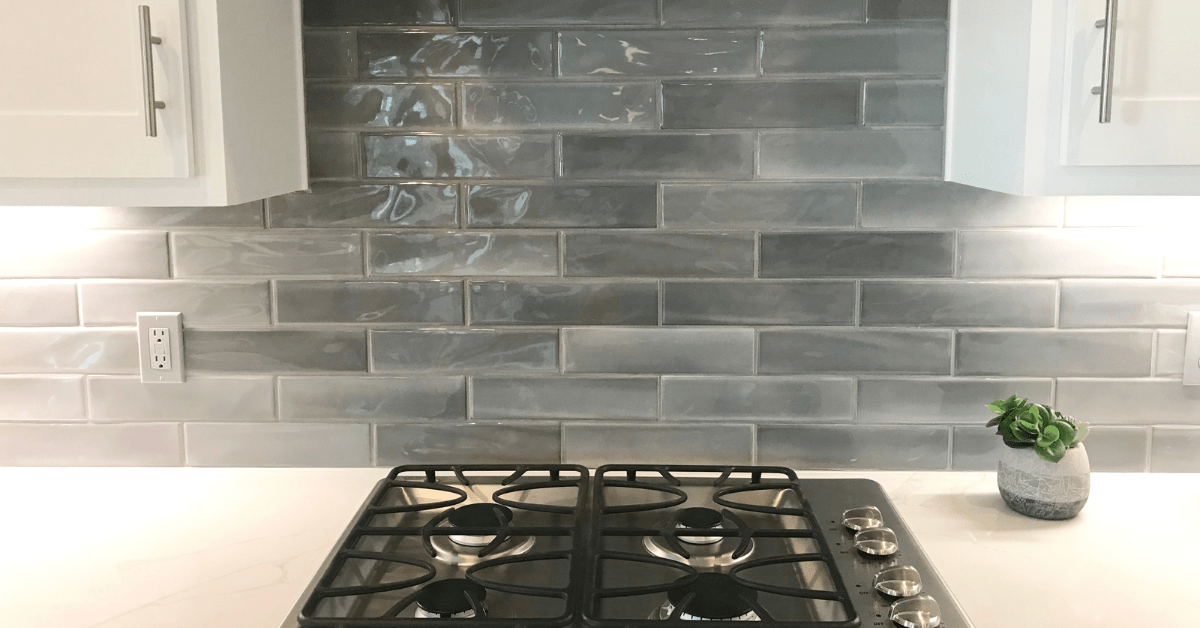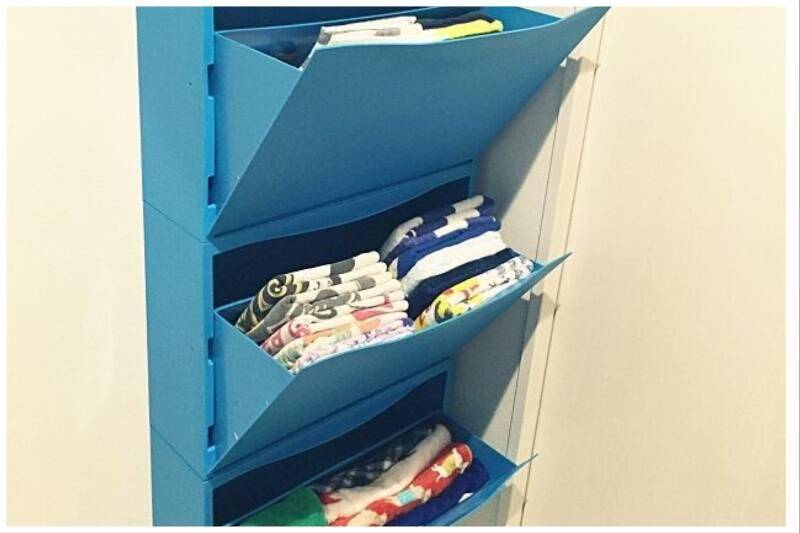Restoring a historic house: 8 tips and tricks before getting started

Beware of water damage Editor?s note: This story was originally published on May 5, 2016. It has been updated with new information.
Welcome back to Period Dramas, a weekly column that alternates between roundups of historic homes on the market and answering questions we?ve always had about older structures.
Buying a historic house often means acquiring a fixer-upper. And that's not necessarily a bad thing! Details like woodwork, fireplaces, and wide floorboards, are usually left unspoiled by previous renovations in a house than needs work?and then there's the exciting opportunity to bring an old house back to life.
Restoring a historic house is no small undertaking. Not only does special care need to be taken when dealing with old structures and building materials, but old houses are full of surprises, and costs can add up quickly. But if there?s one thing we?ve learned, its that a renovation done right can turn a nightmare into a dream home. We turned to one of our favorite interior designers and architects, fellow old-house obsessive Steven Gambrel, who has restored and renovated a number of 18th- and 19th-century houses in and around New York?like the 1853-built Captain Overton house in Sag Harbor?to learn a bit about what to expect, and what to look for, when restoring a period house.
1. Be prepared to live in a historic house
?If you?re going to buy a historic house because you love the old wavy glass windows and the spirit of the floors,? says Gambrel, ?You mus...
| -------------------------------- |
| Shadow House extension stands in the shade of an Edwardian home |
|
|












